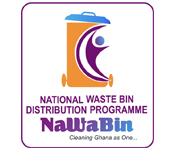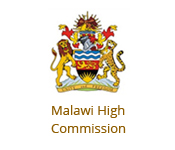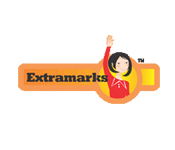KS Collect
- Home
- KS Collect
Vision
Our focus is to collaboratively generate technology solutions into profitable business by being in the forefront of technology development.
Mission
With the power of talent and innovation that our team brings on the table, we provide our customers with high quality, relevant and customised technological solutions, which are easy, efficient, and safe to use.
KS Collect
Challenges and need for the software
In the present scenario, Governments are looking for ideas that can maximise the revenue of their economy and encourage people to become more tax compliant. And KS Collect software, a user-friendly web portal, has been specifically developed for this purpose.
KS Collect solution will help Governments to:
- Create a centralized-database of revenue-related records. This will improve data accessibility to the authorities.
- Decrease the number of tax defaulters by providing a control mechanism for preventing malpractices in payments.
- This will save huge revenue losses – money that the government can use for carrying out developmental works.
- As every economy runs on taxes, when revenue collection is streamlined, the wealth drain of economy will turn into wealth gain.
Given the significance of taxes, KS Collect software, that updates information of revenue-records in real time, provides financial security and accountability, consumes less time and ultimately increases the revenue generated, is a must-have solution for every Government.


Introduction of KS Collect
After detailed analysis and continuous efforts, KS Infosystems came up with a technology that simplifies numbers, raises government revenue and lowers expenditures – the KS Collect software.
Whether it is the government or an individual, people would be sure about the rate and amount of tax they are supposed to pay. And when there is certainty, there is trust; which further brings credibility into the system.
Things become clearer by understanding the framework of tax collection. The ambiguity associated with tax rates no longer exists. This helps in creating the right business environment, while maintaining security standards and simplifying logistics issues.
Process and Components of the software
Step-by-step process of KS Collect system
- Registration and verification: The first step is registration of tax-payer and his business. Followed by issuance of Unique Smart Card to Tax Payer i.e. NFC or RFID enabled. Tax-collector goes on the field for inspection and data-verification. Syncs data and links all the business with tax payers.
- Categorization of taxes: Tax-payer declares the type of tax he is ought to pay.
- Market Tax
- Property Tax
- Business Tax
- Taxes are charged as per government law at different rates, depending upon which bracket they lie.
- Tax collection and invoice generation: Periodic invoice is generated for Auto-periodic taxes
- Tax collection with POS terminal against periodic invoice generated. Covers taxes such as property tax, community market monthly rent, periodic taxes on vehicles
- Tax collection of spontaneous taxes (parking tax, tool tax) with POS terminal
- User Friendly Web Portal
- Financial Accountability
- Up-to-Date information with Real-time reports
- Security of data and finance
- Resource Planning
- Backup and Restoring
- Future Ready System
- Case studies Democratic Republic of the Congo
- The Republic of Benin
































